2023 Vol. 38, No. 6
2023, 38(6): 997-1017.
doi: 10.1016/S1872-5805(23)60785-1
Abstract:
2023, 38(6): 1018-1034.
doi: 10.1016/S1872-5805(23)60784-X
Abstract:
2023, 38(6): 1035-1049.
doi: 10.1016/S1872-5805(23)60780-2
Abstract:
2023, 38(6): 1050-1058.
doi: 10.1016/S1872-5805(23)60752-8
Abstract:
2023, 38(6): 1059-1069.
doi: 10.1016/S1872-5805(23)60782-6
Abstract:
2023, 38(6): 1070-1079.
doi: 10.1016/S1872-5805(23)60783-8
Abstract:
2023, 38(6): 1080-1091.
doi: 10.1016/S1872-5805(23)60781-4
Abstract:
2023, 38(6): 1092-1103.
doi: 10.1016/S1872-5805(23)60772-3
Abstract:
2023, 38(6): 1104-1115.
doi: 10.1016/S1872-5805(23)60706-1
Abstract:
2023, 38(6): 1116-1126.
doi: 10.1016/S1872-5805(23)60720-6
Abstract:
2023, 38(6): 1127-1134.
doi: 10.1016/S1872-5805(23)60732-2
Abstract:
2023, 38(6): 1135-1142.
doi: 10.1016/S1872-5805(23)60712-7
Abstract:


 Abstract
Abstract HTML
HTML PDF
PDF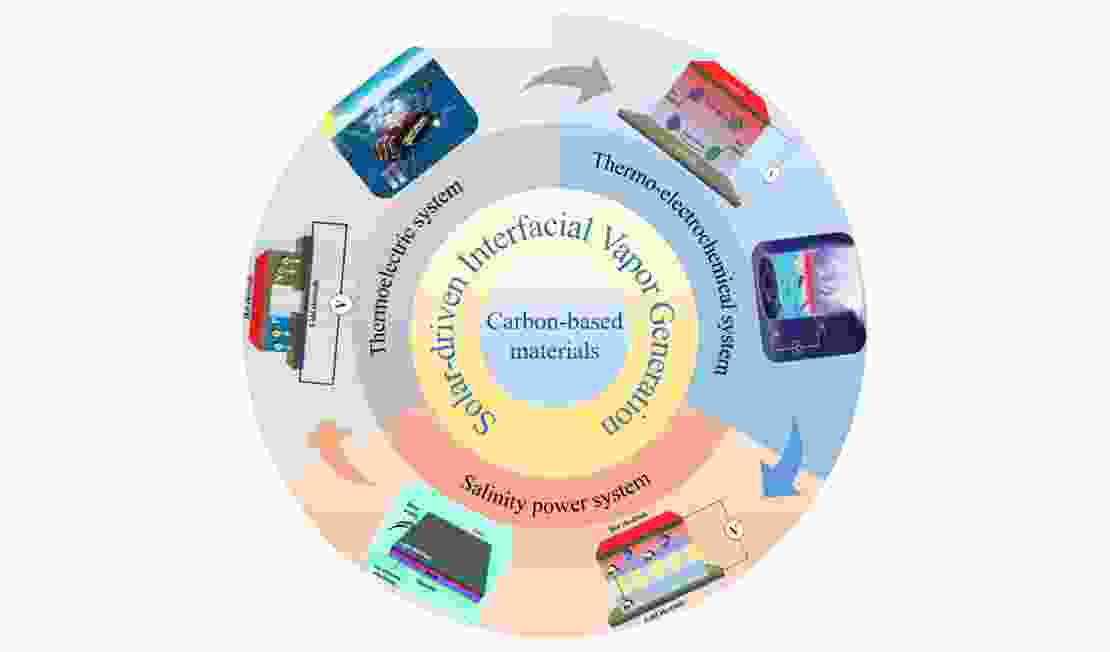

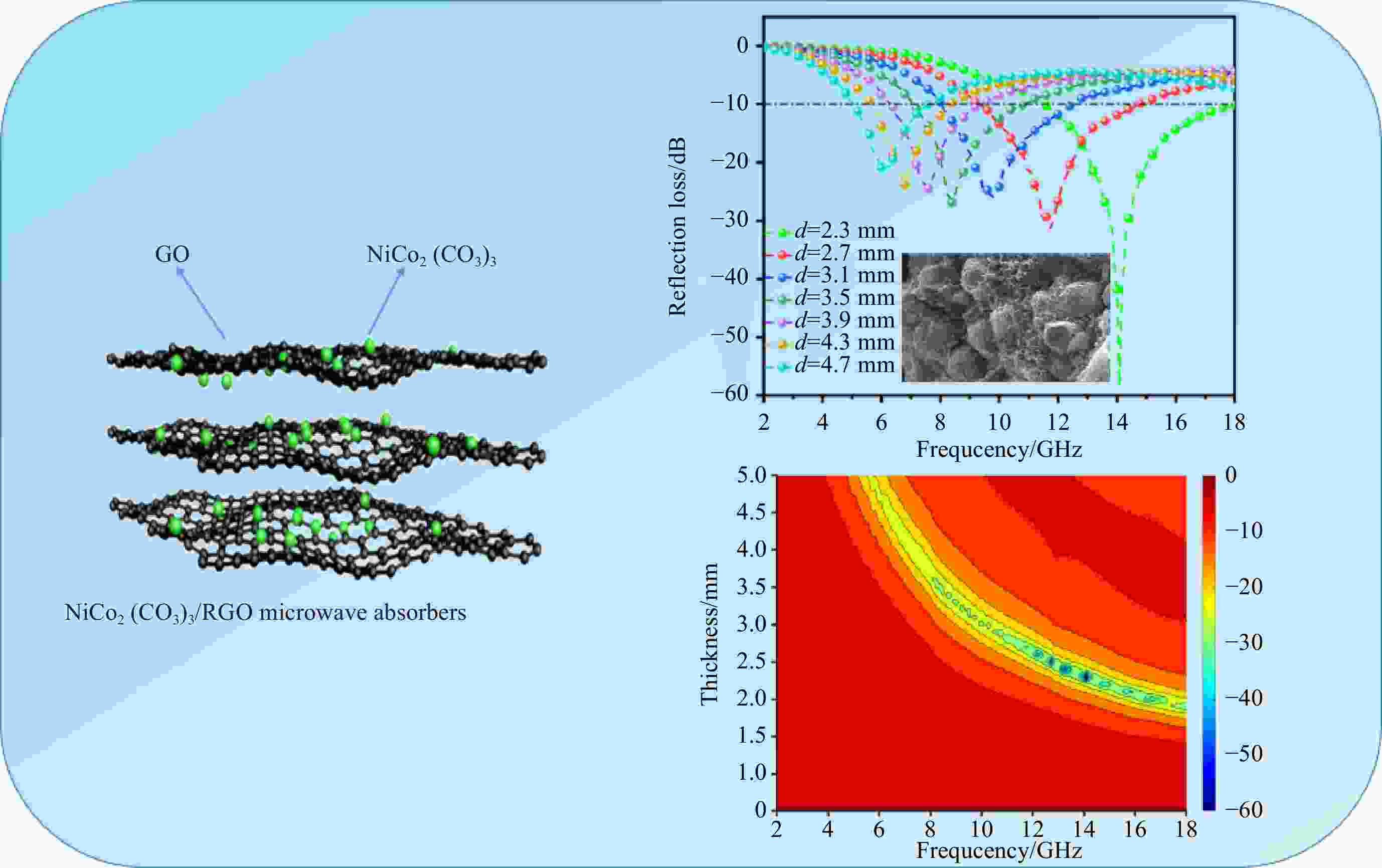
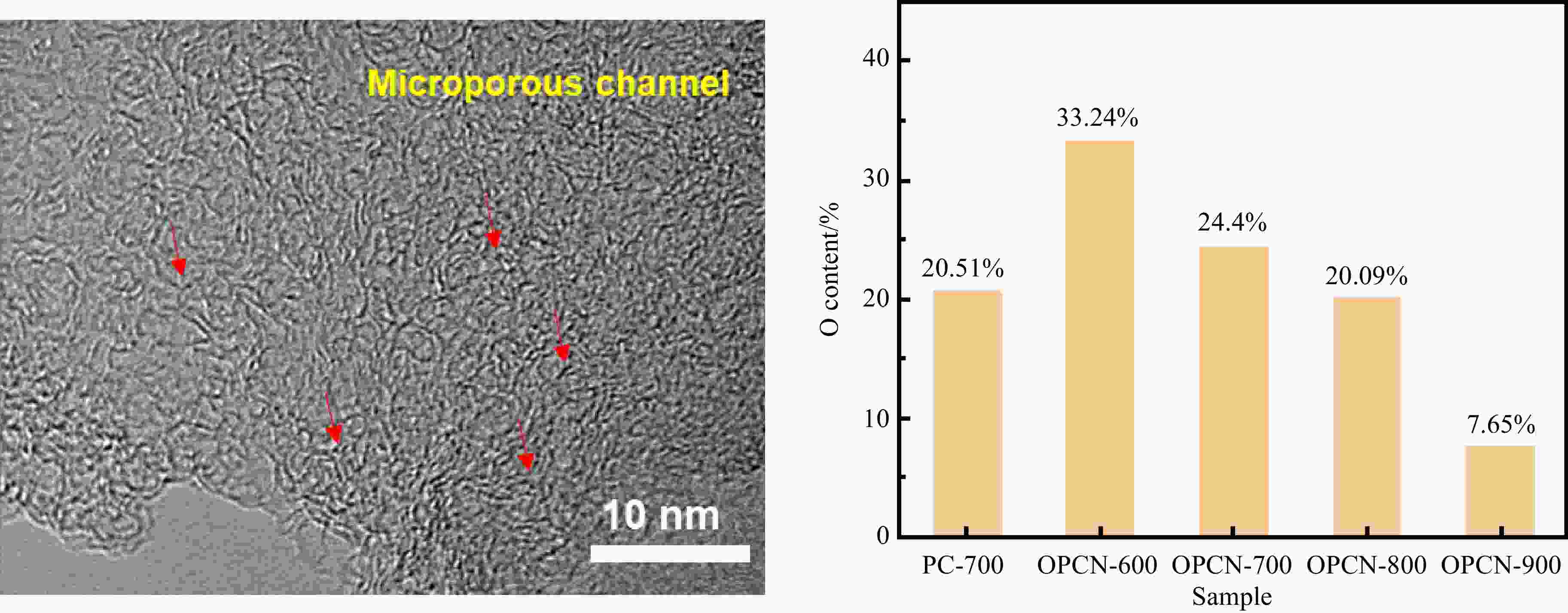

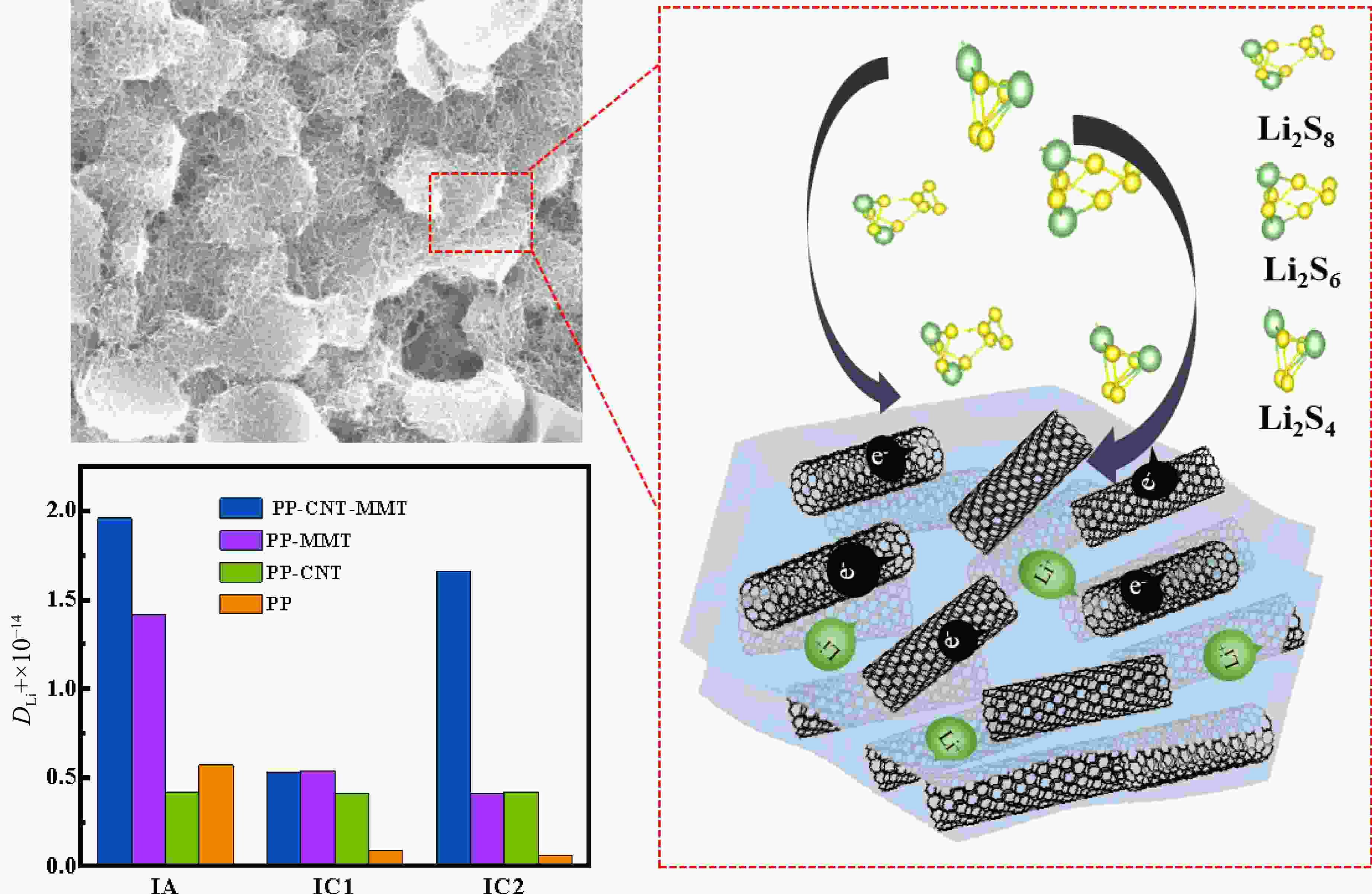
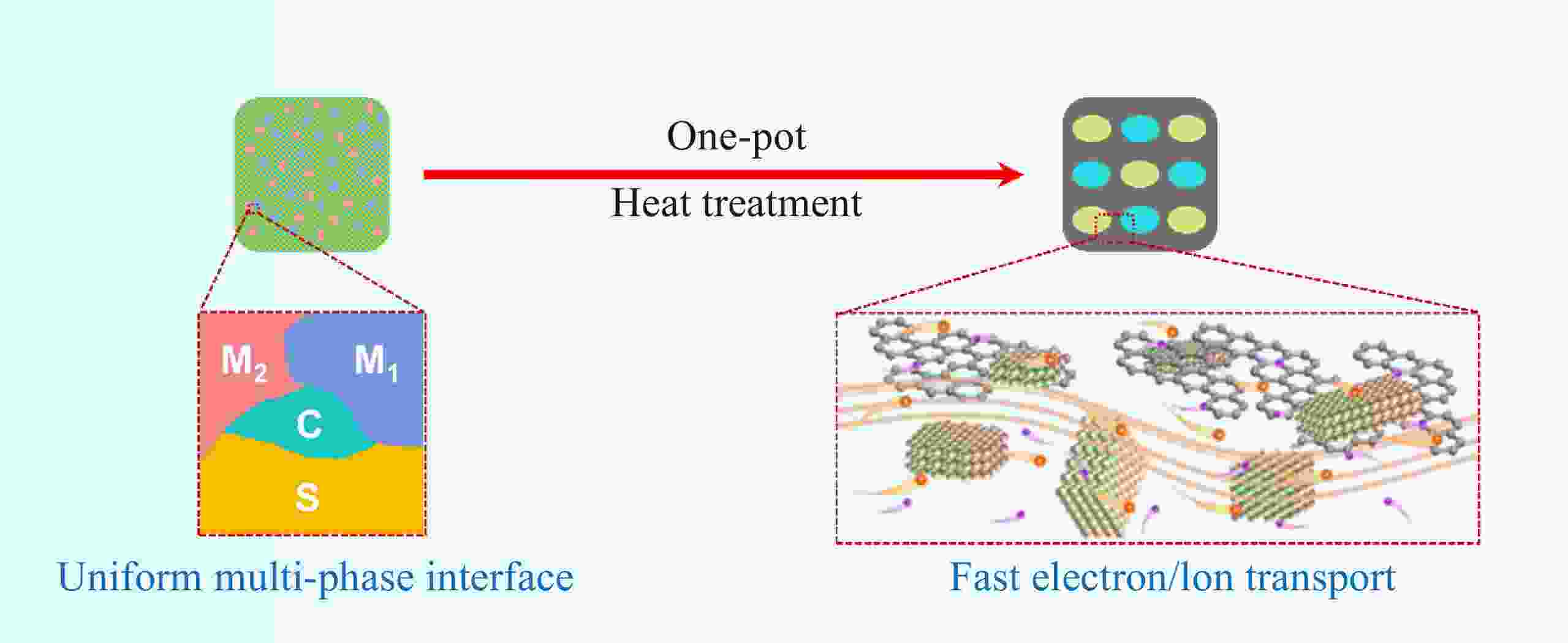
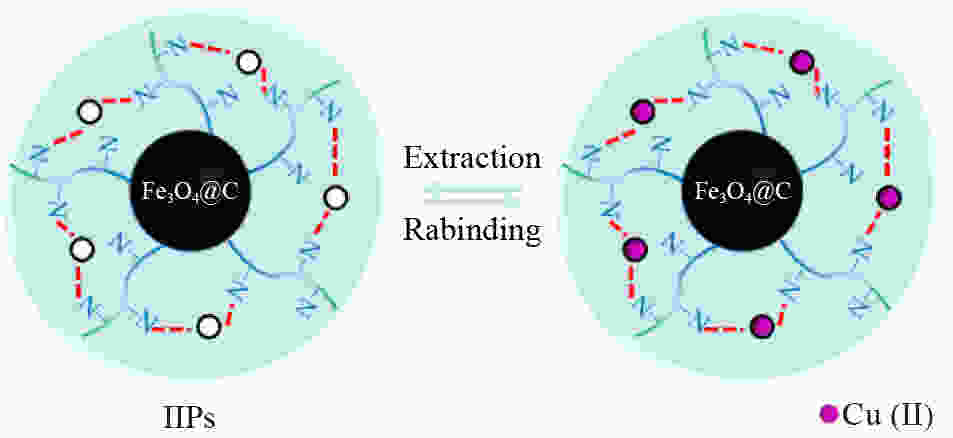



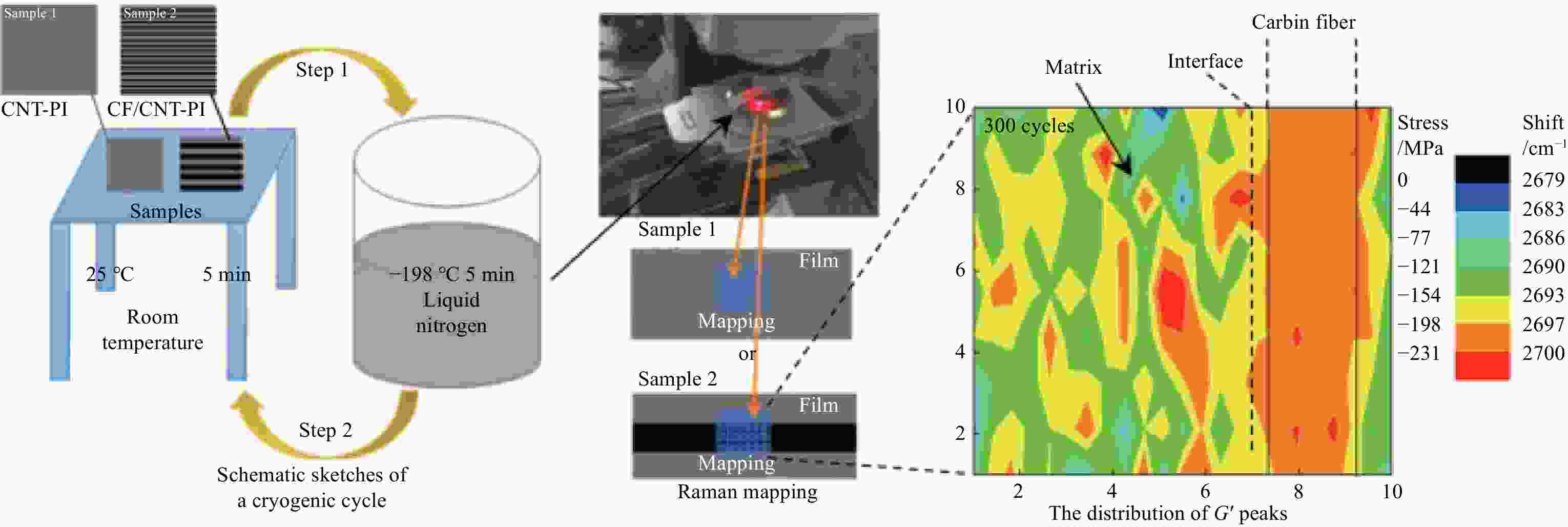
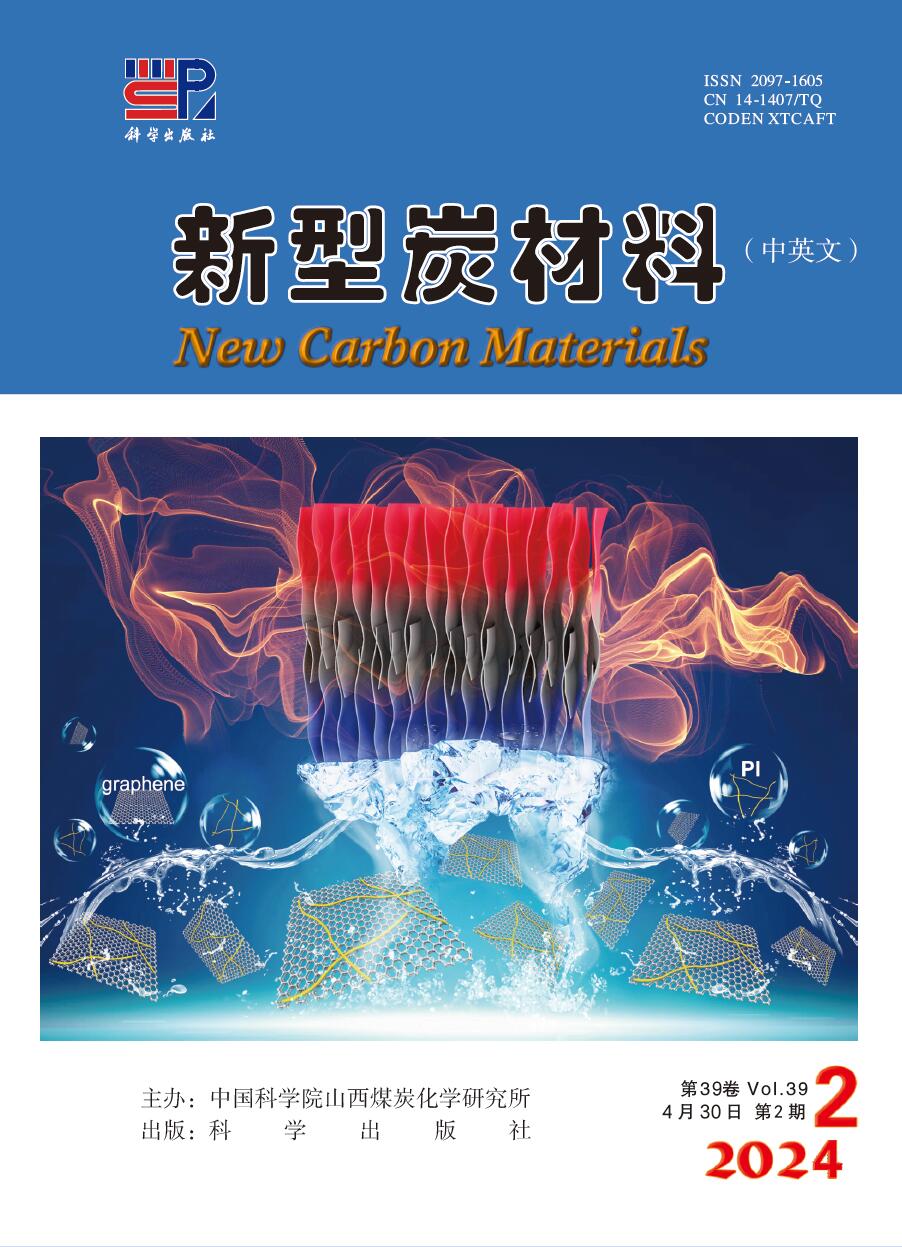

 Classified Collection
Classified Collection

 Email alert
Email alert RSS
RSS Download
Download Links
Links

